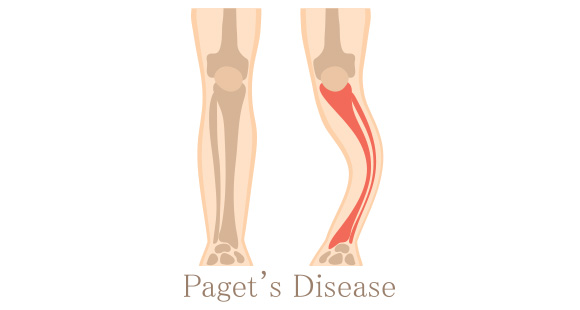
Peyronie's Disease & Paget's Disease of the Bone
Paget's Disease of the bone affects over 3.7% of people in the UK, is common in Europe, and is less prevalent globally.
Although research is limited, one study found that about one-third of all patients with Paget's Disease of the bone also had Peyronie's Disease. While further investigation is needed, both conditions share similar characteristics in the body, including collagen imbalances, neurological effects, cardiac concerns, and calcium regulation issues.
Find out more how MansMatters can help you
Contact us for a complimentary 20-minute consultation with our men's health specialists.
Arrange a Free Telephone Consultation
Book a Treatment
Receive More Information & Our Explainer Video

Overview of Paget's Disease of the Bone
Paget's Disease of the bone is a disorder of bone growth and structure (osteitis deformans). It is the second most common bone disease after osteoporosis. The condition occurs when the bone breaks down and remodels itself too quickly, leading to overgrowth in certain areas.
Some patients have no symptoms, and it may be discovered incidentally through X-rays, while others experience pain, deformities, or, in some cases, joint-related discomfort. The changes in bone occur at the ends of the bones at a rate of approximately 1 cm per year until the bones become widened and irregular in structure.


Peyronie's Disease in People with Paget's Disease
If you have Paget's disease of the bone and have noticed pain or a curvature in your penis, you should be assessed for Peyronie's disease, as the study above suggests a high correlation between the two.
Focused ShockWave Therapy (FSWT) is a proven, safe, and non-invasive procedure for treating Peyronie's disease, available at our Richmond upon Thames and Central London clinics.
Knightsbridge
Richmond
MansMatters are specialists in non-invasive, nonsurgical procedures. We do not offer surgery but have professional relationships with leading surgical urologists and andrologists who undertake different types of Peyronie's disease surgery. If you would like to know more about surgical options, then please click here.
Surgical Procedures














